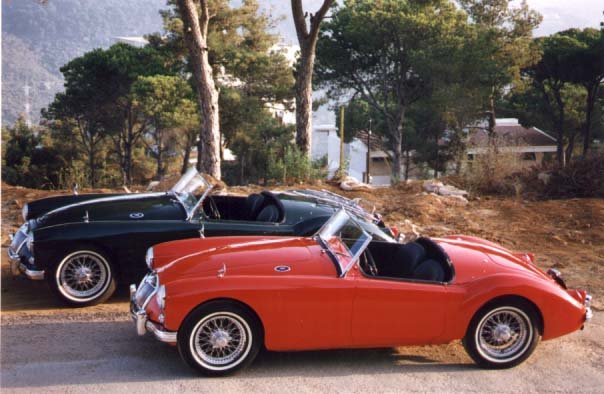1932 CHRYSLER IMPERIAL CH
1932 Chrysler Imperial CH sedan, 135" wheelbase, 385 c.i. straight 8, unrestored original, 36530 miles, beautiful original interior, runs well, Grisette Brown Deep color, formerly part of Paul Stern collection, have history back to original owner.
For the Chrysler corporation as a whole, 1932 was the year of "Floating Power," Chrysler's newest idea: engines cradled on strategically placed rubber-lined mounts. W.P. Chrysler himself modestly called it the industry's "fourth milestone," after the electric starter, enclosed body, and four-wheel brakes.
Also new in 1932 were "silent" gear shifting through a free-wheeling transmission, activated by a dashboard button; squeak-proof springs with the leaves separated by discs of Oilite, an oil-impregnated sintered metal; and "Centrifuse" brake drums, which gave a longer lining life.
Floating Power was not necessary for an engine as smooth as the 385, but it gave Chrysler's finest just a little more advantage to compete with rival twelves and sixteens.
On the styling front, the Chrysler Imperial Eight CL models introduced for 1932 were even more attractive than the CG model they replaced. Hoods now swept almost to the windshield and louvers were replaced by cleaner vent doors. Convertible windshields were newly vee'd, and the massive bumper with its central "dip" identified the car at a glance. Weight went up, with all but the convertible coupe tipping the scales at more than 5,000 pounds.
The CL's paltry sales were leavened slightly by a new, smaller Imperial, the Series CH, mounted on a 135-inch chassis and priced from just under $2,000. A coupe, sedan, and convertible sedan were offered, and Chrysler built 1,400 of them, mainly the sedan.
All shared the CL's huge front bumper and some body-design features, plus the 385 engine. But being up to 500 pounds lighter made CHs more vigorous performers. It was another smart move. Chrysler avoided being left high and dry with a separate make, like some of its rivals, while not significantly compromising the big CL's prestige.
The 1932 racing scene was less noteworthy. George Howie went back to Indianapolis with another GNH Special, qualifying at more than 103 mph, but this time it wasn't enough to make the starting field.
An Imperial driven by Argentine Juan Guadino, the Golden Seal Special, qualified at 107.47 and started 36th, but dropped out after 71 laps with a burned clutch. Still, it was amazing that a racer derived from a car this big and luxurious could compete at all at Indy.
1-574-261-3734
Car is in Indiana
photo credit: © 2010 hemmings.com
text credit: © 2010 hemmings.com / © 2010 howthingswork.com

